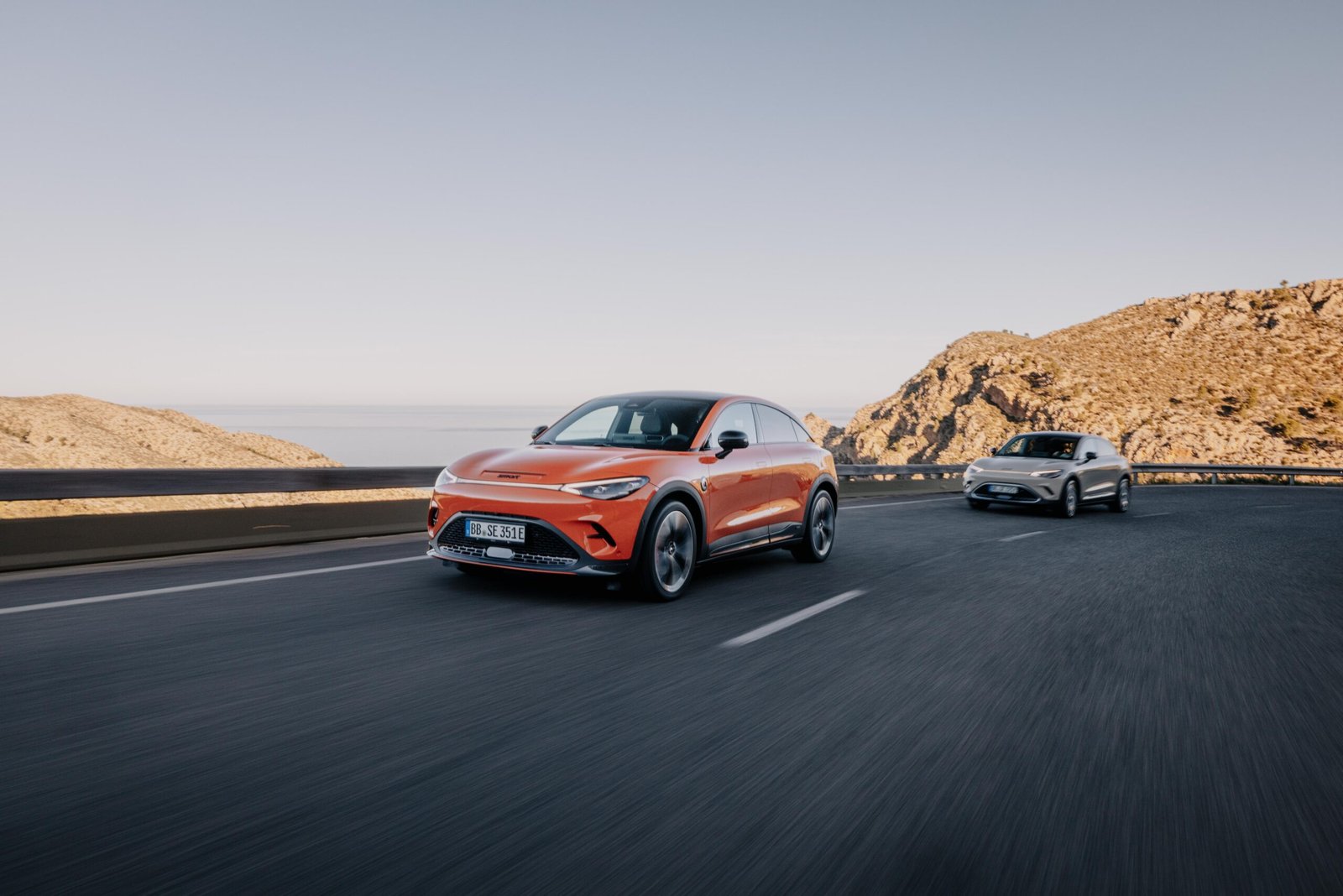Reimagining an icon is no easy task, but for Stuttgart-based designer, Kai Sieber, reshaping the Smart brand has been nothing short of liberating. As he shared with The Modes, bringing a fresh vision to the once-revolutionary city car was an opportunity to blend nostalgia with modern innovation.
In the early 2000s, the Smart ForTwo was more than just a car—it became a cultural symbol of urban mobility. Its tiny frame and playful design challenged the norms of city driving, offering a solution that was as much about practicality as it was about style. It became Europe’s darling, embraced by city dwellers who favoured efficiency, and it even found its way into the garages of high-profile figures like F1 legend Stirling Moss. To Moss, the Smart wasn’t just sensible—it was fun, and a perfect companion for navigating the bustling streets of London with ease and charm.
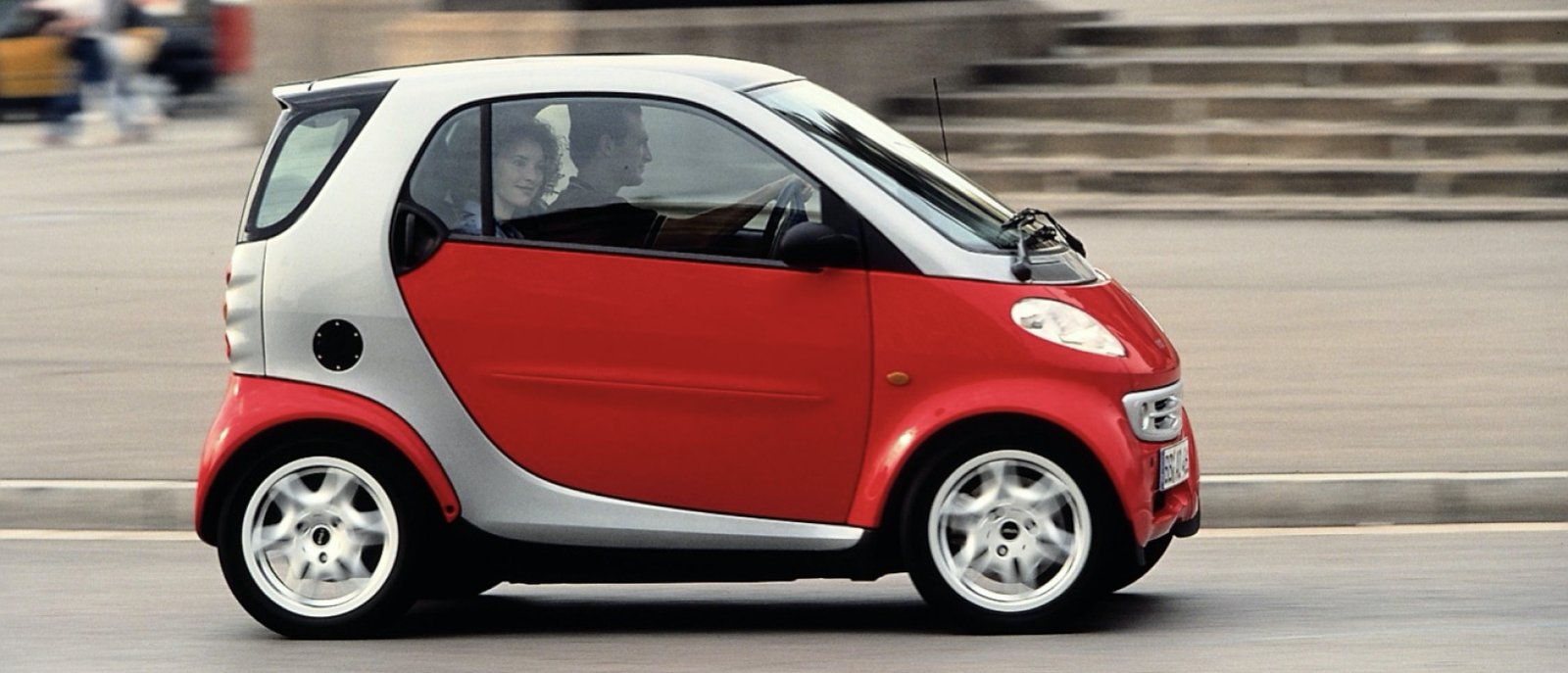
But while the ForTwo gained a loyal following in Europe, its impact in Australia was more subdued. In a land known for sprawling cities and vast distances, the quirky, eco-friendly city car didn’t quite strike the same chord. Yet, two decades on, the original models have become cult classics, celebrated for their unique approach to sustainable, compact mobility.
Fast-forward to today, and Smart is on the cusp of a new chapter. Attending the Australian launch of the #1 and #3 models, and the global debut of the #5 in Byron Bay, Queensland, it’s clear the brand is evolving. Kai Sieber, the man behind this transformation, was calm and collected as he prepared to introduce the world to his latest creation. The new models seek to capture the essence of the original ForTwo — its spirit of fun and efficiency — but with a broader appeal for today’s market.
As we stood backstage with Sieber, moments before he unveiled the future-facing #5 to a crowd of eager media, there was a shared sense that Smart was on the verge of something bigger – literally. The ForTwo may have been a symbol of its time but now, under Sieber’s direction, the brand is ready to redefine what the Smart city car is in the modern era.
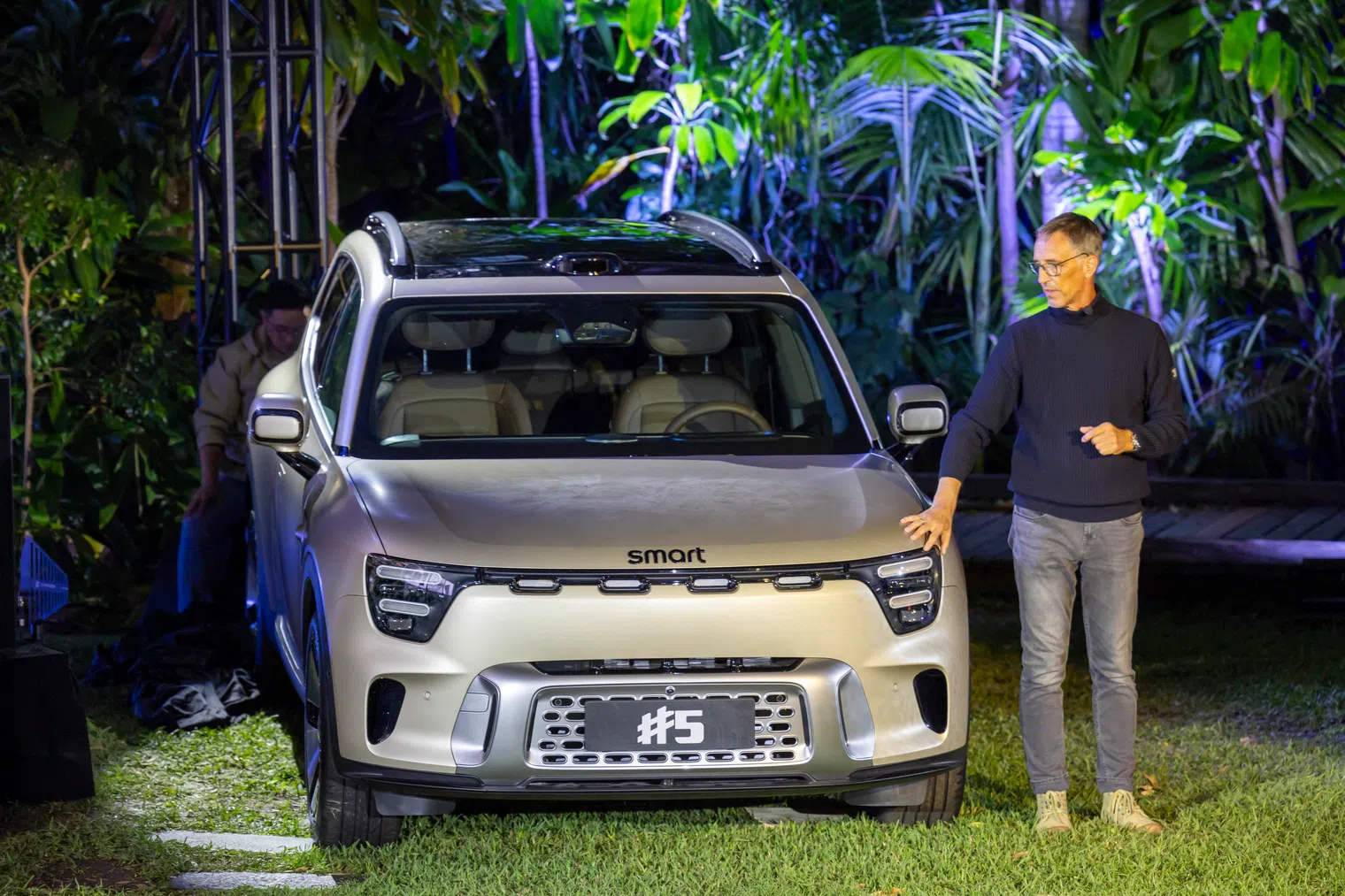
TM: What are the core philosophies, or principles, that guide your design process – if you had to sum them up?
KS: Well, let’s start very early with my inspiration. I’d say, as a designer, you’re always in service and you’re always collecting inspiration. My inspiration, though, is ‘all’ – it’s nature. I remember when I was a student, for my final work, I found a shark egg at the beach and that inspired and fascinated me because it had a funny form. I took it home and that became my inspiration. I’m always sketching, painting, and I like drawing animal forms.
Sometimes I do draw inspiration from classic cars, but you have to be quite careful that you’re not always being inspired by cars. Top management wants to send us to car shows, but no. I want to see art exhibitions. I want to look at architecture. I want to go to the museum. Otherwise it’s an inspirational ‘incsest’.
But also, remember, design is not a solo job – it’s a team sport. So a lot of creativity comes from bringing people together and openly sharing ideas. What’s very special with Smart, in particular with this project, is I have been very involved with our Chinese team too.
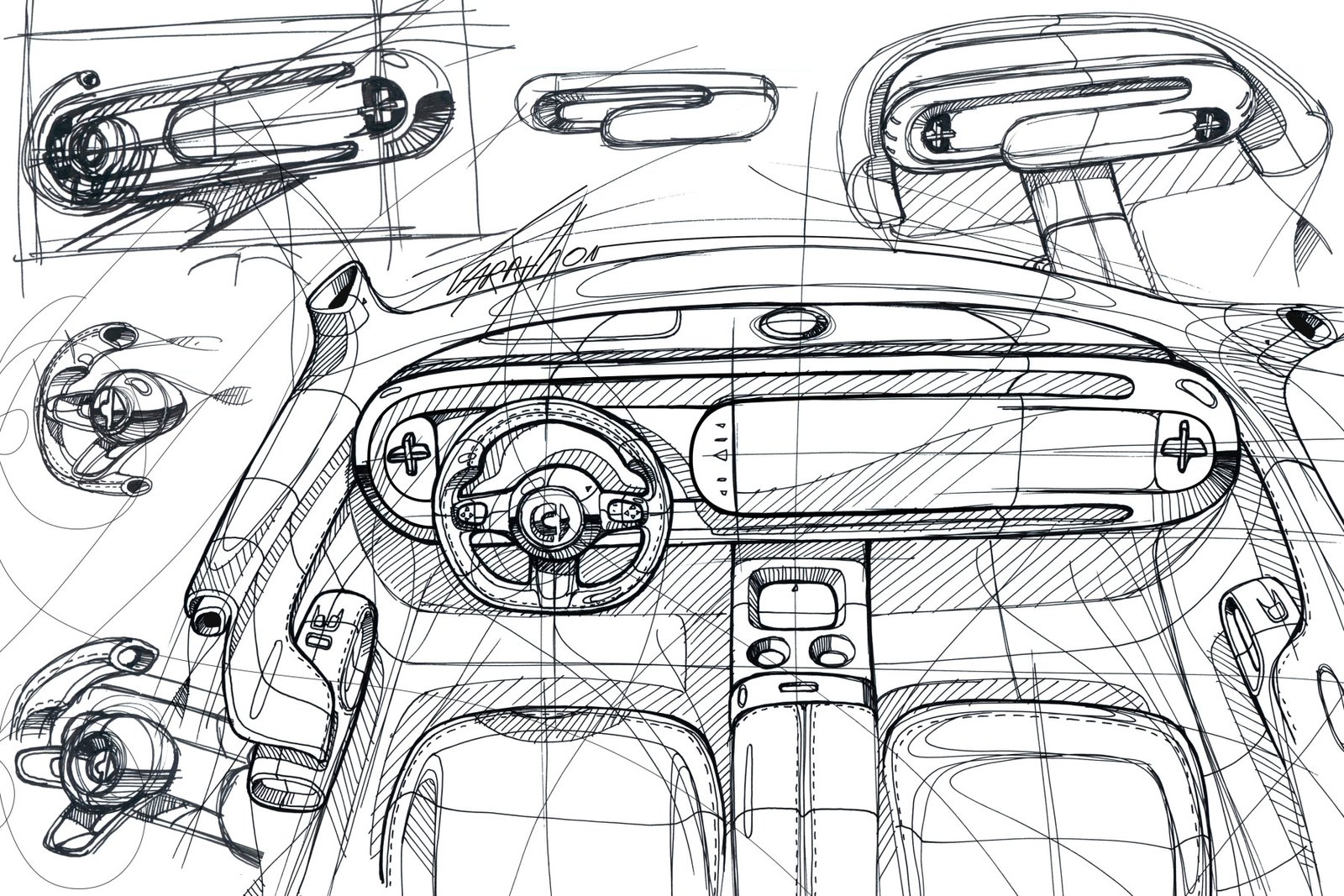
TM: The design themes of the new models are ‘love, pure, unexpected’. Talk to us about how you started the design process and at what point you conjured up those themes?
KS: So with love, pure, unexpected, to work out these posts we need to look at images, discuss things, find out where Smart comes from and where it needs to go. If Smart does something, it needs to be honest and focused in the discussions we are having before we even pick up a pen. As a designer, you always have philosophical discussions and we test out all of the proposals first. If we have the ingredients of love, pure, unexpected, then the designers have to explain why they love it. Why it is a Smart based on those ingredients?
What was always ‘Smart’ from a functional standpoint is how much space there is inside. It blew people away, how much space you could have in a super small car. Now, with the #1 and #3, you have an enormous inner space. We even brought in our old Smart idea from the ForTwo, one model that had never been in Australia, which had a slidable rear bench. That was an old Smart idea and we brought it back with #1.
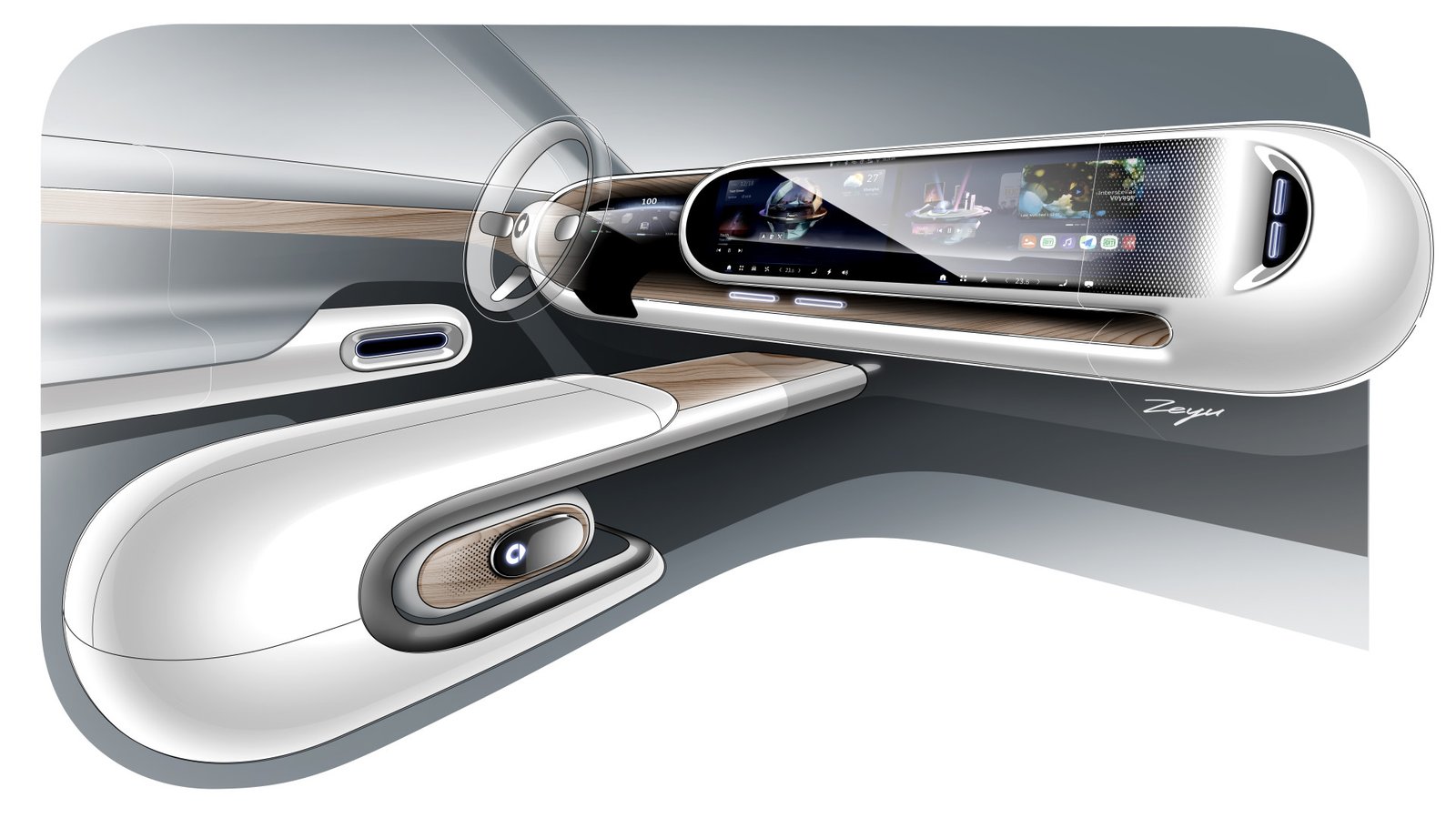
TM: How else did you honour the original ForTwo with these models?
KS: The biggest challenge is that if you woke up any customer who knows Smart at 2AM, and asked them ‘what’s smart?’, they’d tell you ‘it’s the ForTwo’. So doing #1 and #3, it was very hard to get people with fresh eyes, lots of data and scale models, to look and know which one is ‘Smart’ and why, and whether we captured the spirit. To be honest, that was a challenge, because we go so far away from the package rules and the main idea of a city car, but we had to keep the spirit of the Smart.
With the new #5 it’s almost a little bit easier, because people are getting used to the new range of Smart products now.
TM: Given the new range, across #1, #3 and the incoming #5, is all-electric, how do EVs differ from regular cars during the design process?
KS: It’s much easier. Imagine you do an SUV, with all of the crash regulations and the combustion engine and cooling package in the front. You are practising the same design principles, in a sense, but you are able to do it better with the electric platform.
It’s liberating, but mainly because I get rid of the ‘overhang’. The first thing that makes a Smart is the wheels in the corners which gives the car an amazing stance. That is now what we can achieve with an electric platform. We agreed we would make the wheelbase a little bit longer, but to do that on a body with combustion, it would be all new tools.

TM: What role does technology like AI play in your design process, compared with the more analogue methods still used?
KS: I would almost say it’s a risk if you do your design and thinking differently, just because you have different tools. So in the ‘90s, all of a sudden you could see cars were done with Alias because it was so easy to cut surfaces and get sharp lines. Too many cars looked alike, because they were following the possibilities of the tool.
In our studios we have mills, so we can mill overnight, so we work almost in parallel with data but the last touch is always the manual one. It’s always manual. Now the next thing is we are working a lot with AI. The AI just blows you away with possibilities, but what is always important is to stay true to your idea.
The important thing is we need to guide the tool, and be very careful we are not following a tool, because that is when you’re not standing out as the designer.
TM: We understand your lips may be sealed, but can we expect to see a successor to the iconic ForTwo model, or seeing as the ‘#1’ name has been taken is this the smallest model we will see?
KS: So the #1 is simply the first of a new generation, but hopefully we will have the possibility to do a ForTwo. We already did some work on it, but to be very honest with you it is not decided yet. We are aware that the ForTwo is a core product, a brand shaper, and we would like to have it again.
Why do you think we left the place open between #1 and #3? From a mathematical logic, I’m with you, but our small car was known as the ForTwo, so it’s that ‘two’.
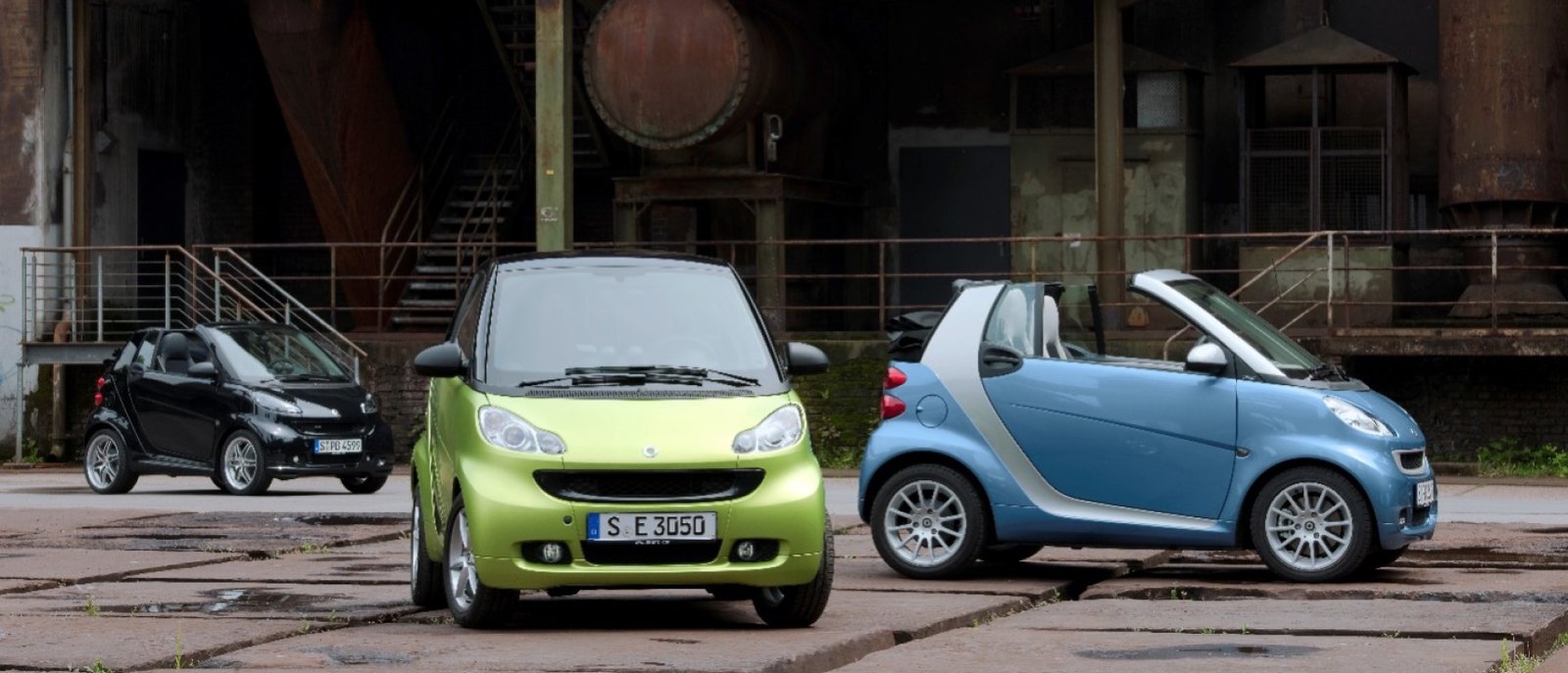
TM: Lastly, what car changed it all for you when you saw it in person? You don’t have to choose a favourite, but talk to us about one that inspired you.
KS: I actually own what was my childhood dream. I have an old Volvo P1800ES and I like the wagon because what makes the design so interesting is contrast. That car is so special. It has a ‘60s Ferrari front, in a way, and almost a ‘60s or ‘70s rear end. Somehow it works together and it has some tension there for me, which I like.
When I first saw one I told my dad, ‘daddy, daddy, there’s a strange car standing in front of our house on the street,’ and he went out and said ‘it’s a new Volvo.’ I told him ‘when I grow up, I will have one.’ So then 30 years later I drove home and I rang and said, ‘daddy, look outside, I promised you I would have one.’ I bought one.

Sieber is a German-born artist and designer and, while best known for his work at Mercedes-Benz and Smart, he also paints layered abstract creations. He actually revived many of his acrylic paintings recently, adding digital layers and in some cases even animating them.
His ability to translate nature-based inspiration into inorganic mobility-focused designs, using a mix of traditional and high-tech methods throughout his process, has put Sieber at the forefront of automotive design.
For what it’s worth, Sieber and his team nailed the brief, with the #1 and #3 models amassing more than 100,000 vehicle sales in 30 global markets since their launch in 2021. Next up, Australia.
